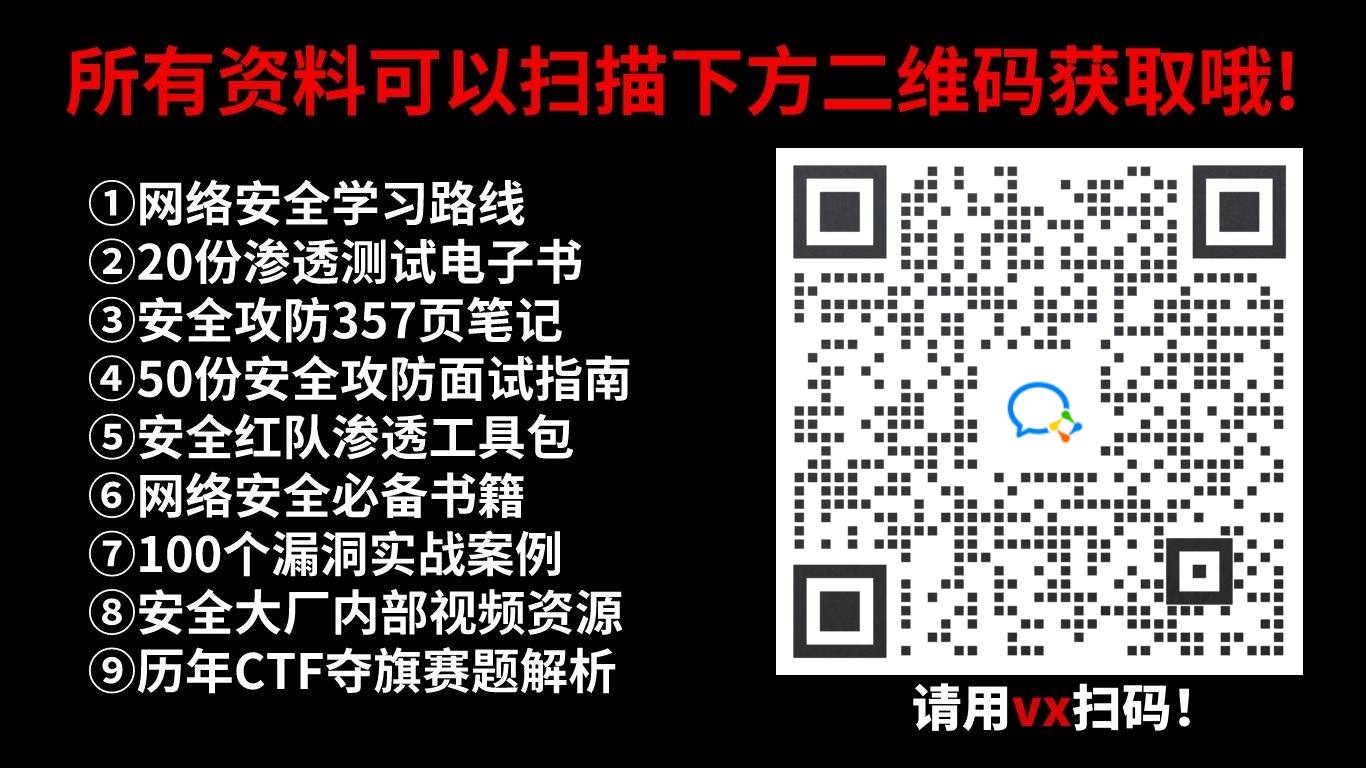前言:
关于SDWebImage的文章网上已经非常多了,今天写SD相关的一方面算是对优秀的开源框架代码学习,另一方面总结一下框架内优秀的思想,知识的积累本身也是在于总结。本篇博客着重分析一下这几个类的部分实现:
SDWebImageManagerSDImageCacheSDWebImageDownloader总结
一、SDWebImageManager
SDWebImageManager是SDWebImage的核心类,管理着SDWebImageDownloader和SDImageCache,SDWebImageDownloader为图片下载器对象,里面主要管理着SDWebImageDownloaderOperation进行对图片的下载,SDImageCache主要是处理图片缓存相关,先分析一下SDWebImageManage看看它都做了什么:
- (id <SDWebImageOperation>)downloadImageWithURL:(NSURL *)url options:(SDWebImageOptions)optionsprogress:(SDWebImageDownloaderProgressBlock)progressBlock completed:(SDWebImageCompletionWithFinishedBlock)completedBlock {//封装下载操作对象__block SDWebImageCombinedOperation *operation = [SDWebImageCombinedOperation new];__weak SDWebImageCombinedOperation *weakOperation = operation;BOOL isFailedUrl = NO;//防止多线程访问出错,加互斥锁对self.failedURLs进行保护@synchronized (self.failedURLs) {isFailedUrl = [self.failedURLs containsObject:url];}if (url.absoluteString.length == 0 || (!(options & SDWebImageRetryFailed) && isFailedUrl)) {dispatch_main_sync_safe(^{NSError *error = [NSError errorWithDomain:NSURLErrorDomain code:NSURLErrorFileDoesNotExist userInfo:nil];completedBlock(nil, error, SDImageCacheTypeNone, YES, url);});return operation;}//添加互斥锁@synchronized (self.runningOperations) {[self.runningOperations addObject:operation];}NSString *key = [self cacheKeyForURL:url];//根据key查找缓存对象operation.cacheOperation = [self.imageCache queryDiskCacheForKey:key done:^(UIImage *image, SDImageCacheType cacheType) {//是不是被取消了if (operation.isCancelled) {@synchronized (self.runningOperations) {[self.runningOperations removeObject:operation];}return;}...//省略了缓存策略相关的代码,到这里是真正的调用了imageDownloader下载图片,imageDownloader的内部实现一会说。id <SDWebImageOperation> subOperation = [self.imageDownloader downloadImageWithURL:url options:downloaderOptions progress:progressBlock completed:^(UIImage *downloadedImage, NSData *data, NSError *error, BOOL finished) {__strong __typeof(weakOperation) strongOperation = weakOperation;if (!strongOperation || strongOperation.isCancelled) {// Do nothing if the operation was cancelled// See #699 for more details// if we would call the completedBlock, there could be a race condition between this block and another completedBlock for the same object, so if this one is called second, we will overwrite the new data}else if (error) {dispatch_main_sync_safe(^{if (strongOperation && !strongOperation.isCancelled) {completedBlock(nil, error, SDImageCacheTypeNone, finished, url);}});if ( error.code != NSURLErrorNotConnectedToInternet&& error.code != NSURLErrorCancelled&& error.code != NSURLErrorTimedOut&& error.code != NSURLErrorInternationalRoamingOff&& error.code != NSURLErrorDataNotAllowed&& error.code != NSURLErrorCannotFindHost&& error.code != NSURLErrorCannotConnectToHost) {//下载失败则添加图片url到failedURLs集合@synchronized (self.failedURLs) {[self.failedURLs addObject:url];}}}else {//虽然下载失败,但是如果设置了可以重新下载失败的url则remove该urlif ((options & SDWebImageRetryFailed)) {@synchronized (self.failedURLs) {[self.failedURLs removeObject:url];}}//是否需要缓存在磁盘BOOL cacheOnDisk = !(options & SDWebImageCacheMemoryOnly);if (options & SDWebImageRefreshCached && image && !downloadedImage) {// Image refresh hit the NSURLCache cache, do not call the completion block}//图片下载成功并且判断是否需要转换图片else if (downloadedImage && (!downloadedImage.images || (options & SDWebImageTransformAnimatedImage)) && [self.delegate respondsToSelector:@selector(imageManager:transformDownloadedImage:withURL:)]) {...}else {//下载完成且有image则缓存图片if (downloadedImage && finished) {[self.imageCache storeImage:downloadedImage recalculateFromImage:NO imageData:data forKey:key toDisk:cacheOnDisk];}dispatch_main_sync_safe(^{if (strongOperation && !strongOperation.isCancelled) {completedBlock(downloadedImage, nil, SDImageCacheTypeNone, finished, url);}});}}if (finished) {@synchronized (self.runningOperations) {if (strongOperation) {[self.runningOperations removeObject:strongOperation];}}}}];operation.cancelBlock = ^{[subOperation cancel];@synchronized (self.runningOperations) {__strong __typeof(weakOperation) strongOperation = weakOperation;if (strongOperation) {[self.runningOperations removeObject:strongOperation];}}};}else if (image) {// 有图片且线程没有被取消,则返回有图片的completedBlockdispatch_main_sync_safe(^{__strong __typeof(weakOperation) strongOperation = weakOperation;if (strongOperation && !strongOperation.isCancelled) {completedBlock(image, nil, cacheType, YES, url);}});@synchronized (self.runningOperations) {[self.runningOperations removeObject:operation];}}else {//没有在缓存中并且代理方法也不允许下载则回调失败dispatch_main_sync_safe(^{__strong __typeof(weakOperation) strongOperation = weakOperation;if (strongOperation && !weakOperation.isCancelled) {completedBlock(nil, nil, SDImageCacheTypeNone, YES, url);}});@synchronized (self.runningOperations) {[self.runningOperations removeObject:operation];}}}];return operation;
}
二、SDImageCache
上面是对SDWebImageManager源码做了简要分析,我想以这里为入口着重分析一下: 首先SD先调用queryDiskCacheForKey:done:去内存中查看是否有我们要的图片,那么这里面做了什么呢:
- (NSOperation *)queryDiskCacheForKey:(NSString *)key done:(SDWebImageQueryCompletedBlock)doneBlock {...//内存中查找,SD内存缓存使用NSCache实现。UIImage *image = [self imageFromMemoryCacheForKey:key];if (image) {doneBlock(image, SDImageCacheTypeMemory);return nil;}NSOperation *operation = [NSOperation new];//开辟子线程,将block中的任务放入到ioQueue中执行,目的是为了防止io操作阻塞主线程,可以看到ioQueue实际上_ioQueue = dispatch_queue_create("com.hackemist.SDWebImageCache", DISPATCH_QUEUE_SERIAL);,SD使用GCD异步串行来实现io操作,既保证了UI不被阻塞,有能保证block中的代码串行执行,防止多线程访问造成数据出错。//执行磁盘io操作dispatch_async(self.ioQueue, ^{if (operation.isCancelled) {return;} @autoreleasepool {UIImage *diskImage = [self diskImageForKey:key];if (diskImage && self.shouldCacheImagesInMemory) {NSUInteger cost = SDCacheCostForImage(diskImage);[self.memCache setObject:diskImage forKey:key cost:cost];}dispatch_async(dispatch_get_main_queue(), ^{doneBlock(diskImage, SDImageCacheTypeDisk);});}});return operation;
}
1.
self.ioQueue实际上为_ioQueue = dispatch_queue_create("com.hackemist.SDWebImageCache", DISPATCH_QUEUE_SERIAL);,SD使用GCD异步串行来实现io操作,既保证了UI不被阻塞,又能保证block中的代码串行执行,实际上包括后面的磁盘写入操作都是放在这个ioQueue中执行的,主要目的就是防止多线程访问造成数据竞争导致数据出错。
2.
@autoreleasepool,SD使用自动释放池对内存进行了优化,diskImage对象实际上如果图片比较大确实会占用很大内存开销,而且[self diskImageForKey:key]返回的image对象实际为autorelease自动释放,这样也导致了此对象只能在下一次事件循环中再外层的autoreleasepool中释放,让这段时间内存增长,影响性能。
三、SDWebImageDownloader
如果本地没有这张图片那么就会进入到imageDownloader,imageDownloader为下载器对象,处理下载图片的逻辑,那么imageDownloader中实现了什么我们还是看代码:
- (id <SDWebImageOperation>)downloadImageWithURL:(NSURL *)url options:(SDWebImageDownloaderOptions)options progress:(SDWebImageDownloaderProgressBlock)progressBlock completed:(SDWebImageDownloaderCompletedBlock)completedBlock {
...__block SDWebImageDownloaderOperation *operation;__weak __typeof(self)wself = self;[self addProgressCallback:progressBlock completedBlock:completedBlock forURL:url createCallback:^{NSMutableURLRequest *request = [[NSMutableURLRequest alloc] initWithURL:url cachePolicy:(options & SDWebImageDownloaderUseNSURLCache ? NSURLRequestUseProtocolCachePolicy : NSURLRequestReloadIgnoringLocalCacheData) timeoutInterval:timeoutInterval];...//在这里创建operation对象operation = [[wself.operationClass alloc] initWithRequest:requestinSession:self.sessionoptions:options progress:^(NSInteger receivedSize, NSInteger expectedSize) { SDWebImageDownloader *sself = wself; if (!sself) return; __block NSArray *callbacksForURL; dispatch_sync(sself.barrierQueue, ^{ callbacksForURL = [sself.URLCallbacks[url] copy]; }); for (NSDictionary *callbacks in callbacksForURL) { dispatch_async(dispatch_get_main_queue(), ^{ SDWebImageDownloaderProgressBlock callback = callbacks[kProgressCallbackKey]; if (callback) callback(receivedSize, expectedSize); }); } }completed:^(UIImage *image, NSData *data, NSError *error, BOOL finished) {SDWebImageDownloader *sself = wself;if (!sself) return;__block NSArray *callbacksForURL;dispatch_barrier_sync(sself.barrierQueue, ^{callbacksForURL = [sself.URLCallbacks[url] copy];if (finished) {[sself.URLCallbacks removeObjectForKey:url];}});for (NSDictionary *callbacks in callbacksForURL) {SDWebImageDownloaderCompletedBlock callback = callbacks[kCompletedCallbackKey];if (callback) callback(image, data, error, finished);}}cancelled:^{SDWebImageDownloader *sself = wself;if (!sself) return;dispatch_barrier_async(sself.barrierQueue, ^{[sself.URLCallbacks removeObjectForKey:url];});}];operation.shouldDecompressImages = wself.shouldDecompressImages;//这一块在做身份认证,具体下篇说if (wself.urlCredential) {operation.credential = wself.urlCredential;} else if (wself.username && wself.password) {operation.credential = [NSURLCredential credentialWithUser:wself.username password:wself.password persistence:NSURLCredentialPersistenceForSession];}//下载优先级if (options & SDWebImageDownloaderHighPriority) {operation.queuePriority = NSOperationQueuePriorityHigh;} else if (options & SDWebImageDownloaderLowPriority) {operation.queuePriority = NSOperationQueuePriorityLow;}[wself.downloadQueue addOperation:operation];//设置下载的顺序 是按照队列还是栈if (wself.executionOrder == SDWebImageDownloaderLIFOExecutionOrder) {// Emulate LIFO execution order by systematically adding new operations as last operation's dependency[wself.lastAddedOperation addDependency:operation];wself.lastAddedOperation = operation;}}];return operation;
}
这里面我着重讲一下addProgressCallback:completedBlock:forURL:createCallback:的实现,看看它里面都做了什么事情:
- (void)addProgressCallback:(SDWebImageDownloaderProgressBlock)progressBlock completedBlock:(SDWebImageDownloaderCompletedBlock)completedBlock forURL:(NSURL *)url createCallback:(SDWebImageNoParamsBlock)createCallback {...//省略了一部分源码不影响阅读//栅栏块加GCD锁dispatch_barrier_sync(self.barrierQueue, ^{BOOL first = NO;//URLCallbacks 实际上存储的是所有图片下载的回调的可变字典 url为我们请求图片的地址,以url为key,value为可变数组。那么可变数组中存储的是什么呢,往下看。if (!self.URLCallbacks[url]) {self.URLCallbacks[url] = [NSMutableArray new];first = YES;}//取出当前url对应的可变数组NSMutableArray *callbacksForURL = self.URLCallbacks[url];//创建可变字典callbacks,callbacks实际上存储的是本次下载的进度和完成回调block。NSMutableDictionary *callbacks = [NSMutableDictionary new];if (progressBlock) callbacks[kProgressCallbackKey] = [progressBlock copy];if (completedBlock) callbacks[kCompletedCallbackKey] = [completedBlock copy];//将此可变字典添加至刚才我们创建的可变数组callbacksForURL中。[callbacksForURL addObject:callbacks];self.URLCallbacks[url] = callbacksForURL;//如果是第一次下载,也就是URLCallbacks存储所有下载回调的字典中没有当前的,那么认为是第一次下载,执行createCallback()去下载图片,否则什么也不做。if (first) {createCallback();}});
}
1.
dispatch_barrier_sync栅栏块,顾名思义,是做了个拦截,它会将队列中在它之前的任务执行完毕才会执行它后面的任务,可以理解为一个分界线,而barrierQueue实际上为_barrierQueue = dispatch_queue_create("com.hackemist.SDWebImageDownloaderBarrierQueue", DISPATCH_QUEUE_CONCURRENT);,也就是说在一个并发队列上会将queue中barrier前面添加的任务block全部执行后,再执行barrier任务的block,再执行barrier后面添加的任务block,这样一来相当于对block中的内容加了层锁,保证线程安全。
2.
URLCallbacks是个可变字典,存储着所有调用了下载的block回调,如果是第一次下载那么就执行下载,如果不是第一次那么就将其回调保存在URLCallbacks里面,什么也不做。我以下载进度为例,探究一下URLCallbacks要干什么。在它的回调里面是这样实现的:
//弱引用
SDWebImageDownloader *sself = wself;
if (!sself) return;__block NSArray *callbacksForURL;//这里是我们上面说的栅栏块block,做线程保护dispatch_sync(sself.barrierQueue, ^{//此url所对应的所有下载回调value,数组类型,存储的是ui部分对此url所有下载的回调。 callbacksForURL = [sself.URLCallbacks[url] copy]; }); //遍历这些回调
for (NSDictionary *callbacks in callbacksForURL) {
//回到主线程,为每一个回调block返回当前图片的下载进度
dispatch_async(dispatch_get_main_queue(), ^{SDWebImageDownloaderProgressBlock callback = callbacks[kProgressCallbackKey];if (callback) callback(receivedSize, expectedSize);
});
四、总结:
1.
GCD的使用,多线程加锁防止资源竞争以及barrier栅栏块的使用。
2.如果
for循环中或者获取的资源内存开销较大可以尝试使用@autoreleasepool进行内存优化。
3.对于不同地方下载同一资源的情况,可以尝试使用
SD的block回调存储以及回调时机的策略,保证资源只有一个在下载,而不同调用的地方都能得到回调,进度回调或者完成回调及失败回调等等。






















 823
823

 被折叠的 条评论
为什么被折叠?
被折叠的 条评论
为什么被折叠?








